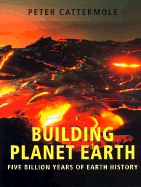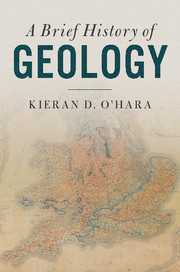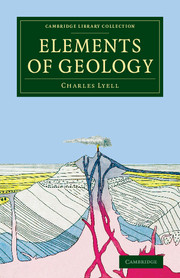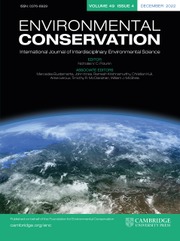Building Planet Earth
Continental plates, moving as fast as human hair grows, collide, mountains buckle, the ocean abyss sucks in the Earth's crust, and volcanos explode. Here is a story that Hollywood wished it could option: the dynamic cycle of geological destruction and renewal that has stretched across billions of years and shaped our planet in its current image. Scene by scene, this action-packed blockbuster can be experienced in Building Planet Earth.
Peter Cattermole begins the story by describing a cloud of matter that surrounds a primitive Sun. Out of this the Earth was formed through compaction and internal heating to the point at which it became a stable, layered structure with a core, mantle, and crust. Using eye-catching images, artwork, and diagrams, Building Planet Earth presents this geological development and goes on to discuss what is happening to our planet now and what we can expect in the future. Cattermole covers in fascinating detail the impact of mass extinctions, global-warming, and ozone holes. The book features 241 illustrations--128 in full-color--and a number of useful appendices.
For anyone who has ever wondered how this miraculous planet continues to thrive and surprise, this elegantly-written book will be an essential read.
Peter Cattermole is a principal investigator with NASA's Planetary Geology and Geophysics Program. He has written several books on geology and astronomy as well as numerous articles for both scholarly and popular media, including Atlas of Venus (Cambridge University Press, 1997) and The Story of the Earth (Cambridge University Press, 1985).
- Eye-catching artwork and illustrations
- Accessible language, engaging style
- Written as a sequential story of Earth history
Reviews & endorsements
"...offers visually rich forays into earth science." American Scientist
"Building Planet Earth would be my choise to get first-year undergraduates thinking about the wide spectrum of geological disciplines and their various applications. With an abundance of photos, it looks good on the coffee table too." Bokks and Multimedia Review
"Well-written and easy to grasp, this book lays out the geology of earth's history." Northeastern Naturalist 2002
Product details
March 2000Hardback
9780521582780
292 pages
285 × 227 × 27 mm
1.415kg
113 b/w illus. 128 colour illus.
Unavailable - out of print
Table of Contents
- Part I. Beginnings:
- 1. Planet Earth
- 2. The formation of earth
- 3. The primaeval earth
- 4. Methods of the earth scientist
- Part II. The Earth's Heat Engine:
- 5. The earth's heat engine
- 6. Magma
- 7. The perpetual dynamo
- 8. Continents and oceans
- 9. The earth from space
- Part III. Patterns of Earth History:
- 10. Dating the rock record
- 11. Integrating earth history
- 12. The early continents
- 13. The drifting continents
- 14. Late Precambrian times
- 15. The Appalachian story
- 16. Late Palaeozoic mobile belts
- 17. Gondwanaland evolves
- 18. Stirring in the Alps
- Part IV. Gondwanaland and More Recent Events:
- 19. Gondwanaland before the break-up
- 20. Gondwanaland disrupted
- 21. New oceans for old
- 22. The Pacific Ocean
- 23. The Cordilleran Chains
- 24. The Pleistocene epoch
- 25. Early man
- 26. The earth now
- 27. What next? Appendices
- Bibliography
- Glossary of terms
- The history of life
- Data for the earth and planets, Index.










